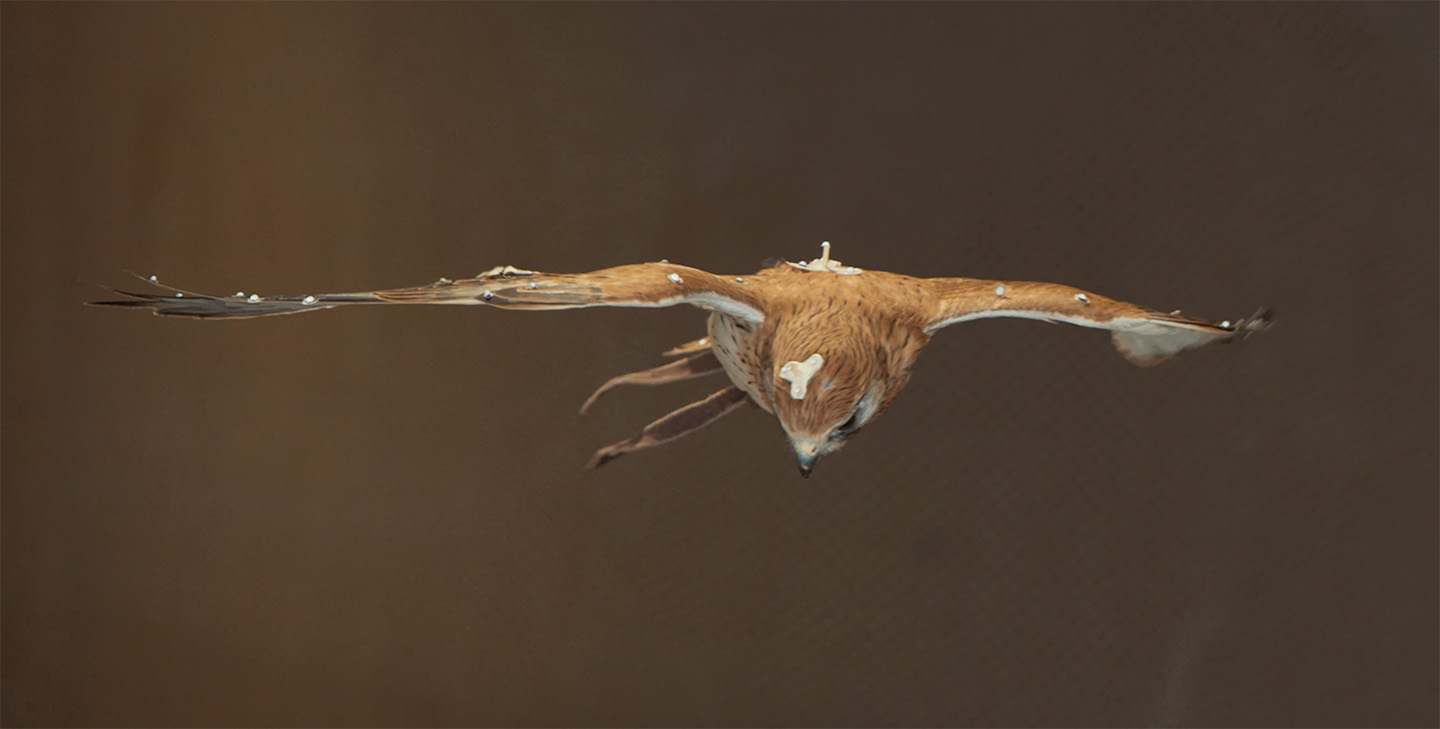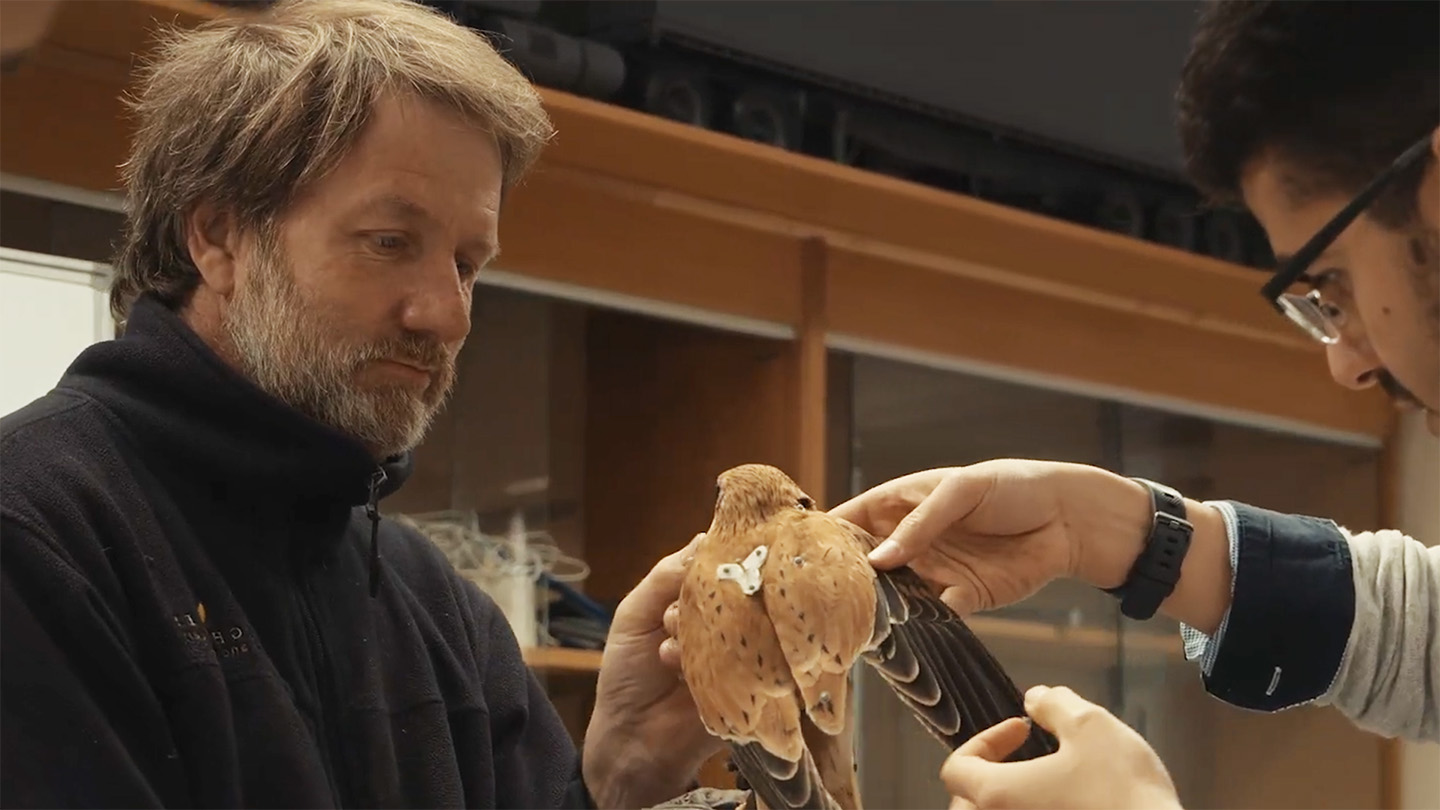Quantum battery device lasts much longer than previous demonstrations
Researchers from RMIT University and CSIRO, Australia’s national science agency, have unveiled a method to significantly extend the lifetime of quantum batteries – 1,000 times longer than previous demonstrations.
Sea urchin cull could deliver $92 million in ecosystem benefits: study
Restoring Port Phillip Bay’s dwindling kelp forests by culling overgrazing sea urchins would deliver more than $92 million in benefits, a new study has found.
RMIT MedTech invention goes to market
An ingestible gas-sensing capsule invented at RMIT to provide real-time insights into gut health is now cleared for use in the United States.
Rising participation of women in Victorian sport sector: New research reveals progress and challenges
New research from RMIT University shows greater overall participation from women in the Victorian sport sector workforce, but a need to improve retention and career development.









